Most London Blue Badge Tourist Guides have had clients who want to get a snap of themselves by a red London phone box, often with Big Ben in the background. It is almost a rite of passage for a visitor to London and so the red boxes at the end of Whitehall often have long queues of people waiting outside for the chance to take a picture of themselves. The phone booths are rarely put to their original use – namely, to make phone calls. Now, of course, the mobile phone reigns supreme and most people have a smartphone in their pocket.
Many of the red telephone boxes are classified as listed structures. In 1987 500 phone boxes were listed and that figure has now been increased to around 1000. This is a fairly small proportion of the phone boxes owned by British Telecom (BT) which has around 46,000 of them, 8000 of which are painted in the traditional red colour. They are still used occasionally for making telephone calls – around 33,000 a day at last count – but a third of those with working telephones are never actually used to make a call.
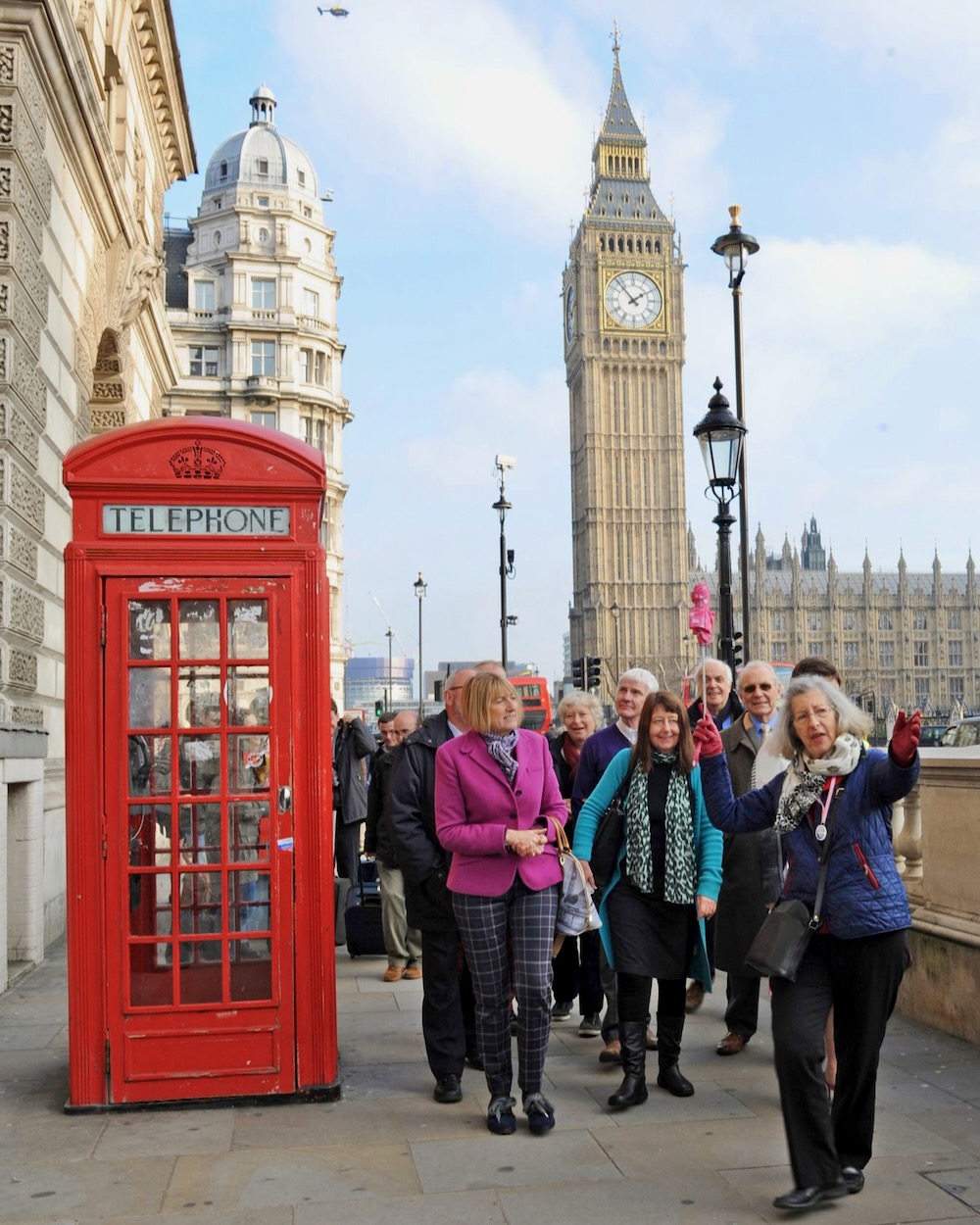 Blue Badge Tourist Guides near Red Telephone Box in London.
Blue Badge Tourist Guides near Red Telephone Box in London.
Design of Red Telephone Boxes
The famous red telephone box was designed by Sir Giles Gilbert Scott and first introduced to the streets of Britain in the 1920s. it went through six different designs and the colour red was gradually adopted as standard, mainly because it would be easy to spot. There are still a few K1 boxes in existence (but not in London) although most are now in museums. Local authorities had to approve their installation and Eastbourne Council only agreed to them if they had thatched roofs! (No thatched phone boxes are left.)
The final telephone boxes – the K7 and K8 – were introduced in the 1950s and 60s. Scott, who died in 1960, was not involved in their design but the job was given to modern architects such as Neville Condor and Bruce Martin. A Mark II version of the K8 was made with a glass door with no panelling and can still be seen occasionally. By the 1980s, however, the mobile phone was being introduced. Although there were around 100,000 telephone boxes in Britain in 1990 that number had dropped to just over 20,000 by 2021.
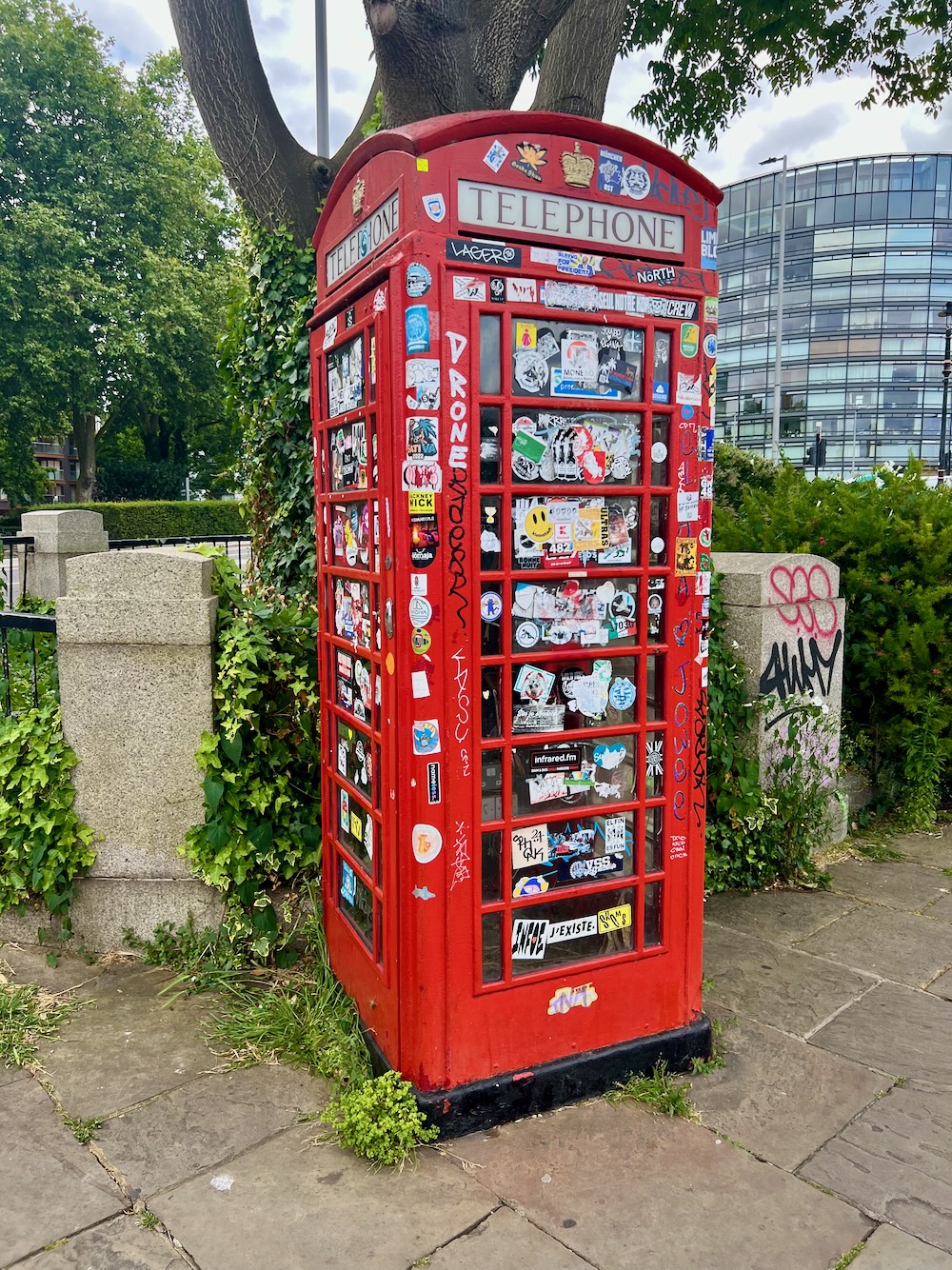 Red Telephone Box on the South Bank in London. Photo Credit: © Ursula Petula Barzey.
Red Telephone Box on the South Bank in London. Photo Credit: © Ursula Petula Barzey.
With smartphones so ubiquitous today, what use can be found for old telephone boxes that are hardly ever used but cannot be demolished because they are listed structures? Some now offer wifi, although with hotels offering that service mainly free of charge, there is probably limited scope for its commercial use in an often awkward setting. Some have had defibrillators installed in them, while others have been adopted for more ingenious use as gift shops and even, if small villages, as lending libraries.
While you may occasionally see an old telephone box stuffed with books in a small village in among the thatched roofs and drystone walls of a small English village or be adapted for use as a gift shop in a bigger city or a major tourist attraction, most phone booths now are simply used as free photo opportunities. Visitors to this country will always want to have a photo in front of what is still one of the most famous landmarks found in the United Kingdom – even if they are rarely or ever used for their original purpose.
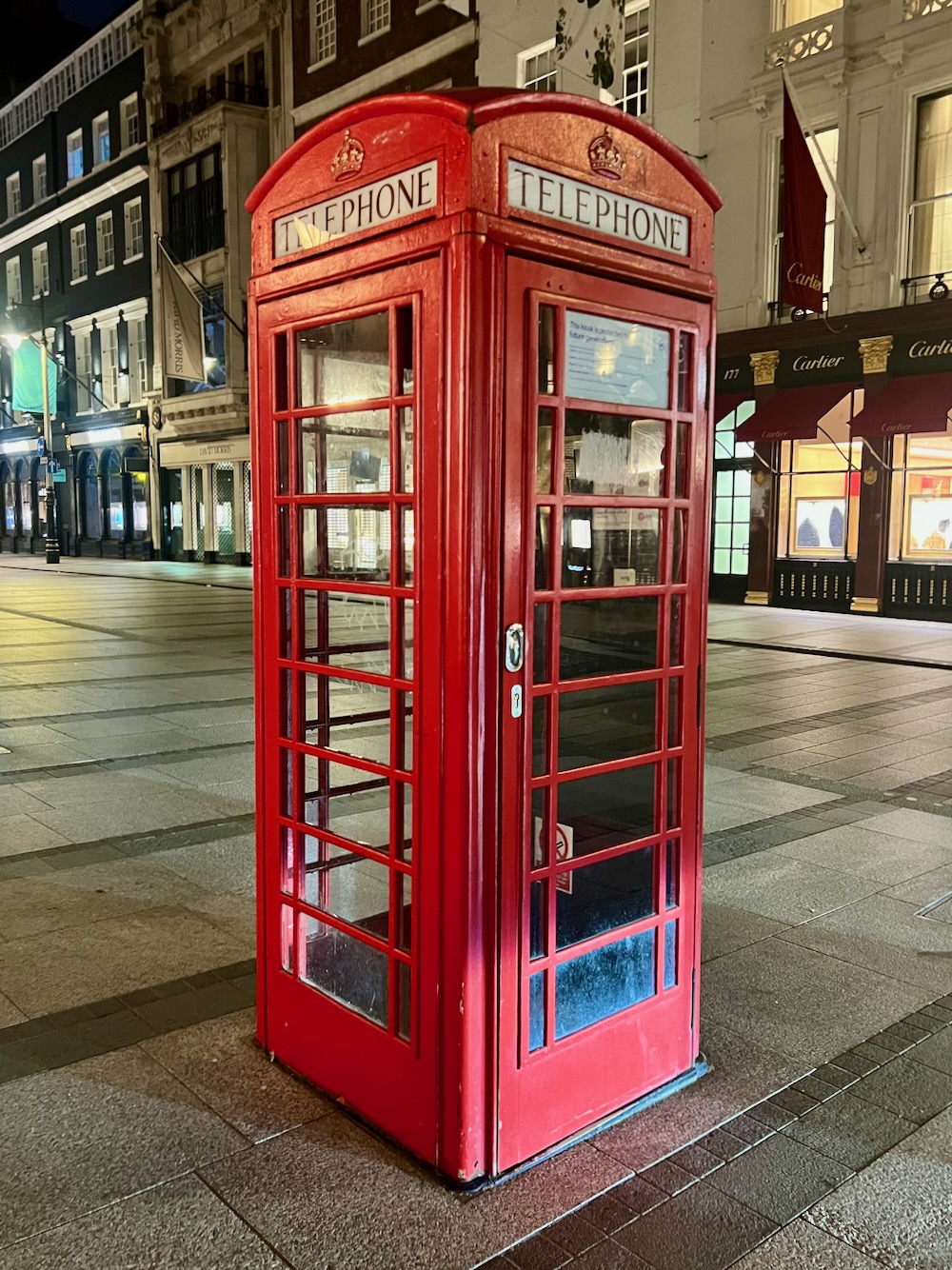 Red Telephone Box on New Bond Street in London. Photo Credit: © Ursula Petula Barzey.
Red Telephone Box on New Bond Street in London. Photo Credit: © Ursula Petula Barzey.
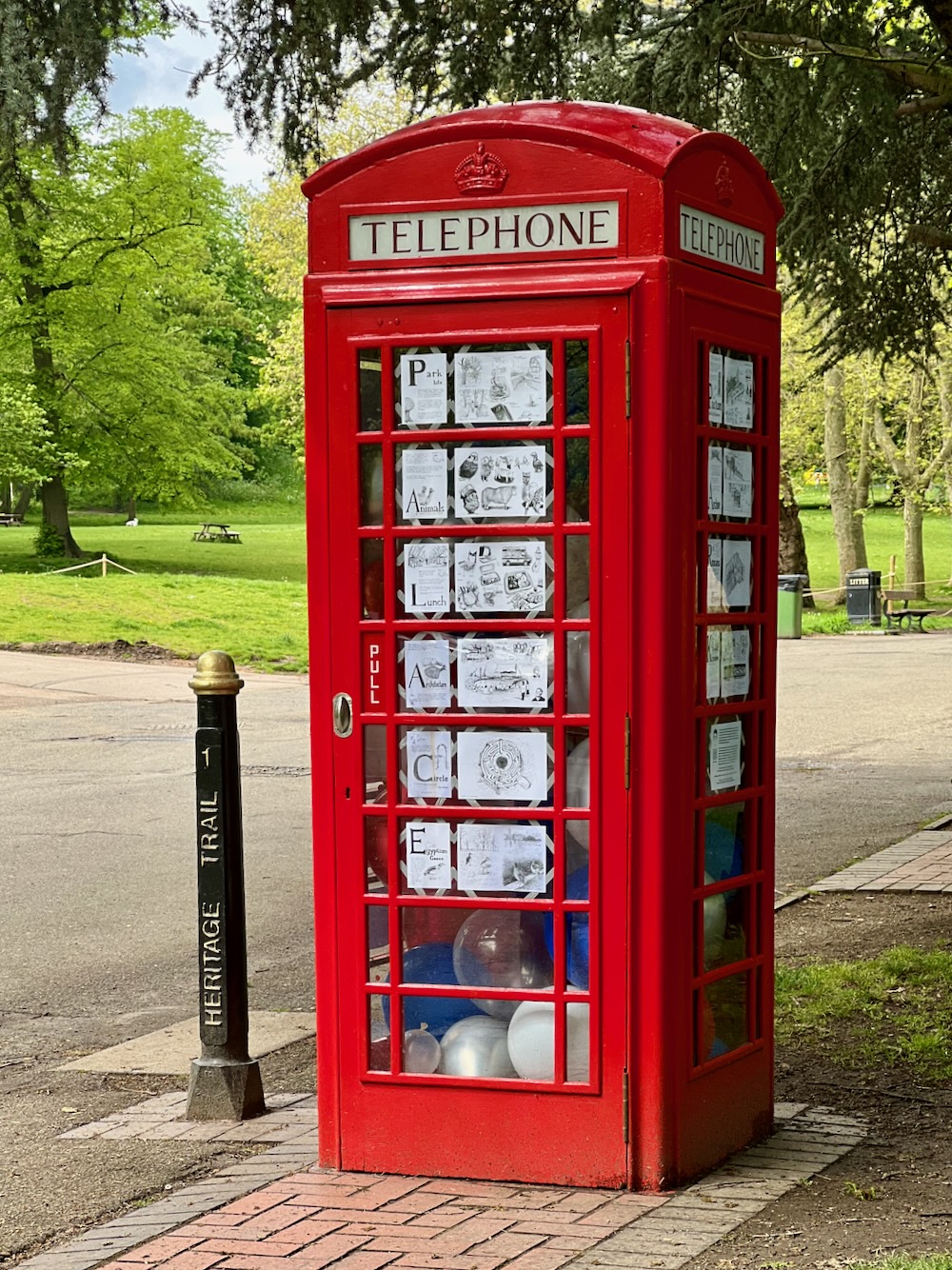 Red Telephone Box in Crystal Palace Park. Photo Credit: © Ursula Petula Barzey.
Red Telephone Box in Crystal Palace Park. Photo Credit: © Ursula Petula Barzey.



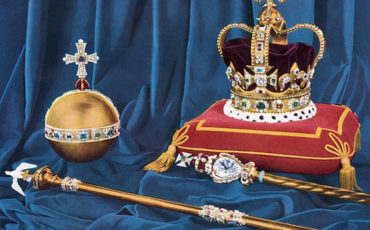
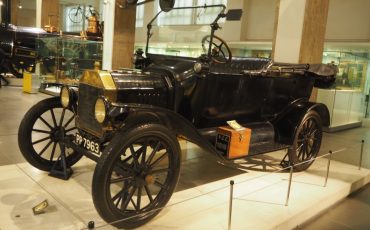


Leave a Reply